The Mystery of Vanishing Stars: Failed Supernovae and the Birth of Black Holes
In the vast expanse of the universe, stars appear and disappear, sometimes mystifying astronomers for decades. One particular mystery gaining traction in recent years is the phenomenon of vanishing stars—once visible through telescopic lenses, but now mysteriously gone. Through various studies, including those exploring the failed supernova hypothesis, we now have some evidence pointing to a black hole-driven explanation, particularly from recent observations in the Andromeda galaxy.
The Vasco Project: Disappearing Stars
The intriguing discovery of vanishing stars came about during the VASCO (Vanishing and Appearing Sources during a Century of Observations) project, which sought to compare images of star fields from the 1950s to modern-day observations. The results were staggering. In over 150,000 monitored star candidates, nearly 800 stars had disappeared without a trace. The scientific community initially proposed a variety of ideas to explain this phenomenon, ranging from typical cosmic collapse theories to more far-flung speculations like Dyson spheres being constructed by advanced civilizations.
However, more grounded research continues to point to a compelling alternative: stellar collapse into black holes. Instead of stars burning out in brilliant supernovae, some appear to simply vanish, failing to emit the expected light and energy associated with such events. This could be the key to explaining many of these disappearances.
Failed Supernovae: A New Phenomenon
A key breakthrough came with the recent observation of M31 2014 DS1, a star in the Andromeda Galaxy. Once a hydrogen-depleted supergiant star poised for a typical supernova explosion, it mysteriously started to fade around 2014. Within years, M31 2014 DS1 went completely dark, neither visible in the infrared nor optical light, leading scientists to believe that rather than exploding, the star collapsed directly into a black hole. This provides one of the strongest pieces of evidence suggesting that some massive stars may skip the explosive finale entirely.
The study found that M31 2014 DS1 had been around 6.7 solar masses when it started rapidly shedding light. In other words, it appeared as though, instead of creating a loud, dramatic death via a supernova, the star’s nuclear fusion wound down over time. Scientists now suspect that in some cases, stars undergo a mass-collapse event so swift and silent that instead of ejecting their outer layers explosively, they form black holes quickly, leaving astronomers little to detect.
<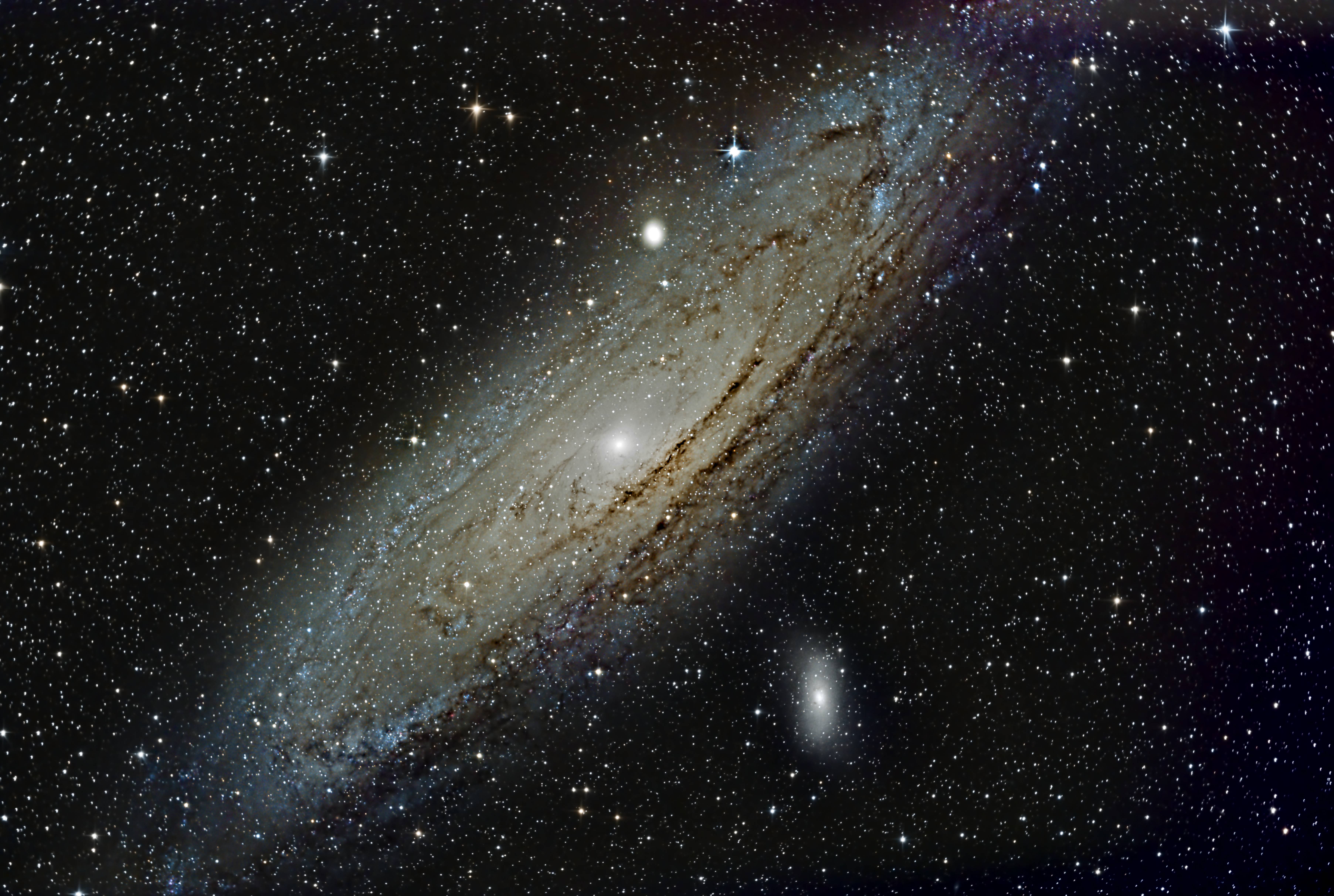 >
>
Neutrino Shockwaves: The Engine Behind the Collapse
The process behind such silent collapses may involve neutrino shockwaves. These subatomic particles, typically produced during fusion processes, can exert immense pressure during core collapse. Normally, when a star runs out of nuclear fuel, it collapses under its gravity, ejecting most of its outer layers in what we observe as a supernova. However, sometimes, neutrinos stall this shockwave, collapsing back into the core to form a black hole—a process known as a failed supernova.
One remarkable study conducted in 2014 observed a red supergiant star in the Fireworks Galaxy, which was expected to explode in a supernova but simply vanished instead, emitting only a faint infrared signal. Theories about neutrino shockwaves helped to explain how the process had likely stalled, allowing the star to collapse into a black hole with minimal outward light or energy.
This theory aligns perfectly with observations of M31 2014 DS1 and could potentially explain a significant portion of vanishing stars in the cosmos. In these events, a small fraction of the outer material is ejected, while the remaining mass collapses into a black hole, effectively hiding the star forever.
<
>
Failed Supernovae: A Common Occurrence?
These findings shed light on a possibility that astronomers previously overlooked: failed supernovae could be more common than originally thought. Some estimates suggest that 20 to 30% of stars that formerly supernovae may actually collapse directly into black holes. This could have profound implications for our understanding of cosmic phenomena, requiring more sophisticated tools like infrared and x-ray observatories to uncover these quiet stellar deaths. Recent advances, such as the deployment of the James Webb Space Telescope, are already helping to clarify these events in greater detail.
Moreover, this discovery may also reinvigorate past discussions on related cosmic mysteries, such as those surrounding the understanding of gravitational memory effects in cosmic exploration. Both phenomena suggest there is far more we don’t yet understand about how matter and energy interact at the extremes of physics in the universe.
<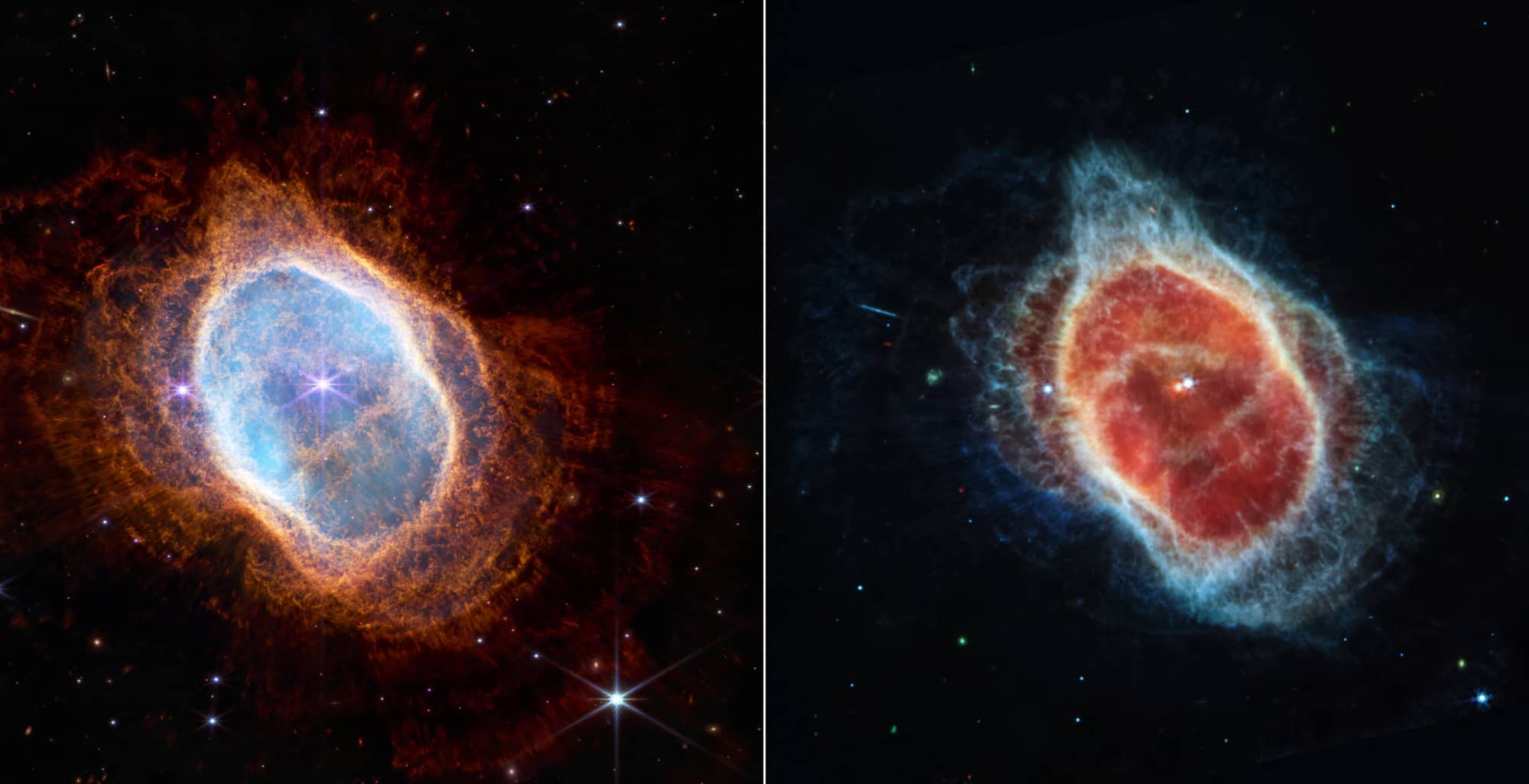 >
>
The Implications of Vanishing Stars
While the discovery of failed supernovae and disappearing stars presents an exciting scientific breakthrough, plenty of questions remain unanswered. Not all the vanishing stars observed in the VASCO project can be explained by black hole formation, and many of the stars that vanished were much smaller than the high-mass candidates expected to become black holes.
Further research is necessary, and future multi-messenger astronomy tools will be essential in painting a fuller picture of these celestial vanishing acts. These studies will require precise measurements across varied wavelengths, as well as ever-closer monitoring of star systems in both near and distant galaxies.
<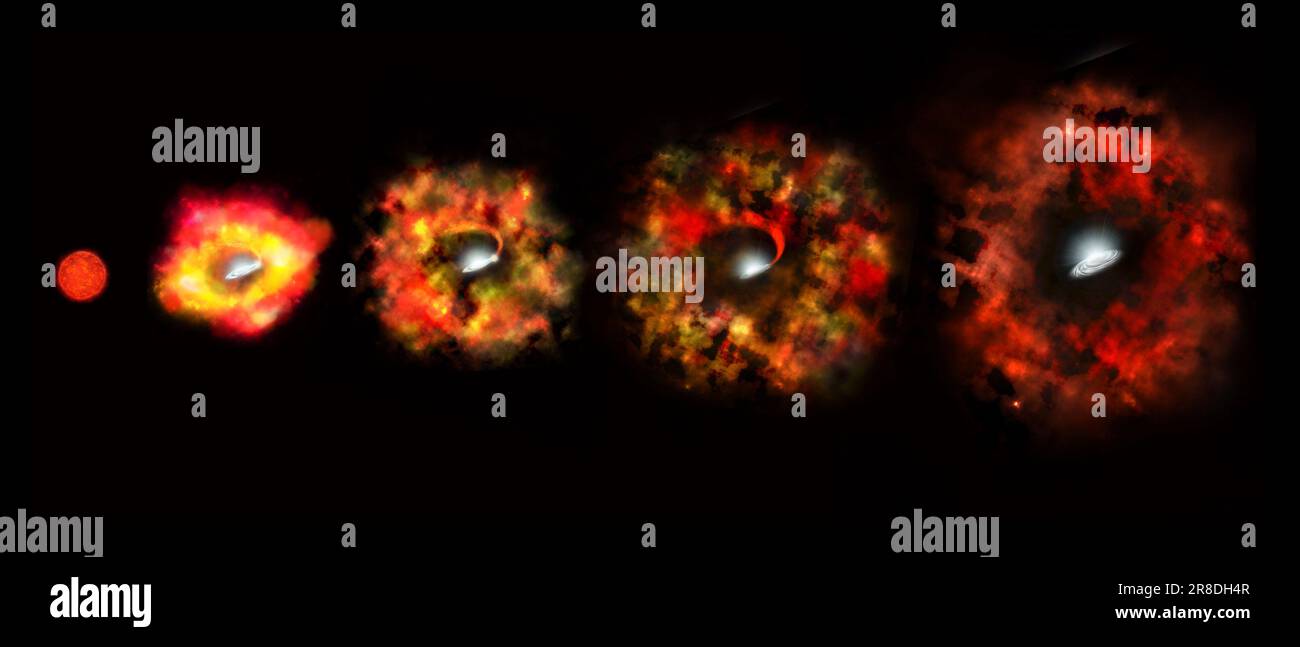 >
>
What’s Next for Stellar Research?
As we continue to unravel the complexities of collapsing stars, mysterious cosmic events like disappearing stars give us important clues about our universe’s hidden processes. The data we have gathered so far, from phenomena like failed supernovae in galaxies like Andromeda, suggests that the universe is still full of surprises waiting to be discovered.
This research is far from over. Undoubtedly, new astronomic tools and methods, paired with advances in machine learning and quantum computing in AI, will further aid this stellar detective work, especially when considering the need for processing vast data sets gathered across the universe.
The journey to understanding the true fate of vanishing stars might be long, but we’re closer than ever to grasping the secrets hidden in the cosmos—one fading star at a time.
<
>
We may not yet have answers for every star that has vanished in our sky. Still, with the right tools and continued curiosity, humanity’s role as cosmic detectives remains firm as we peer deeper into space, uncovering the hidden chapters of the universe’s story.
Focus Keyphrase: failed supernova
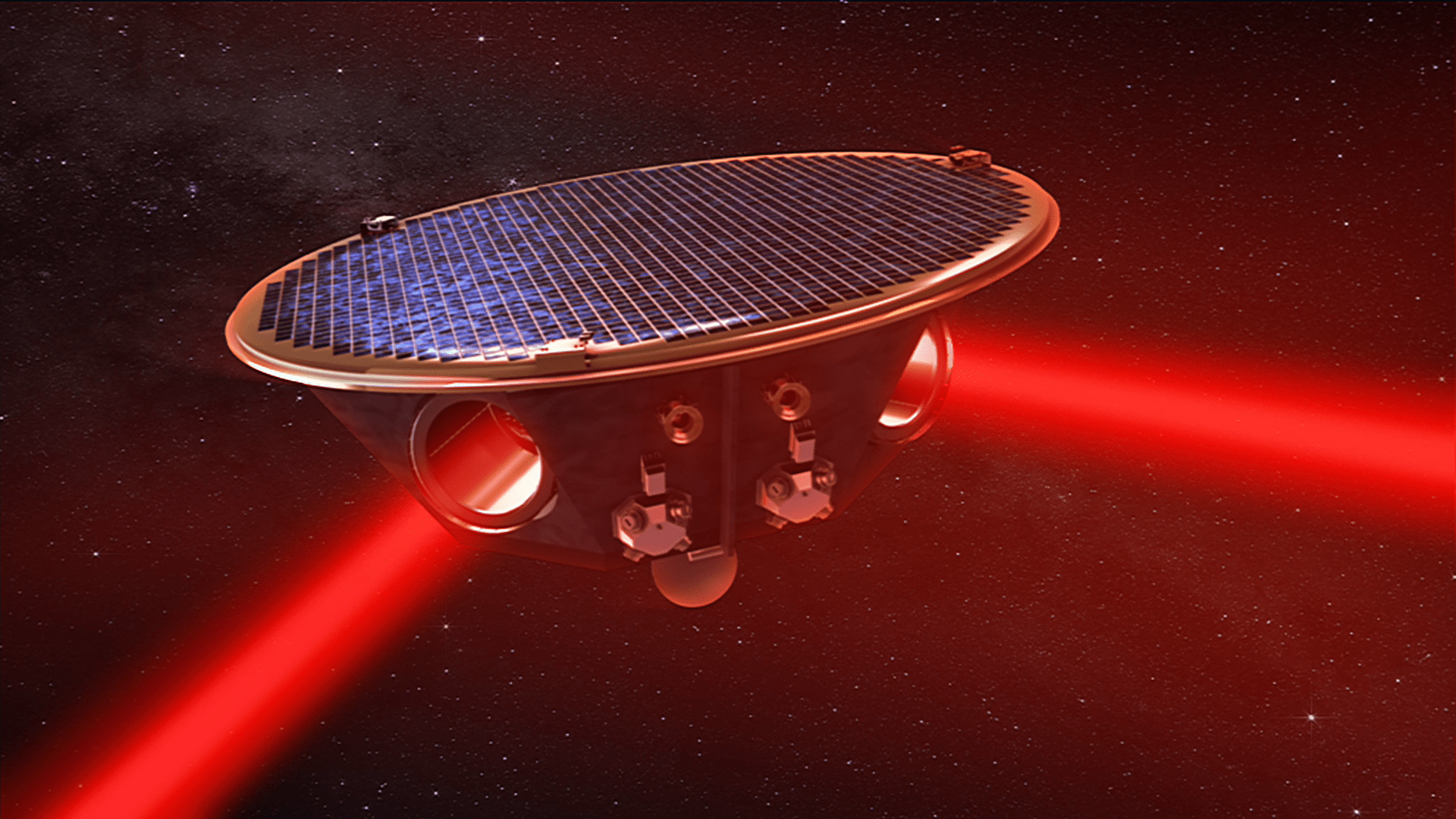 >
>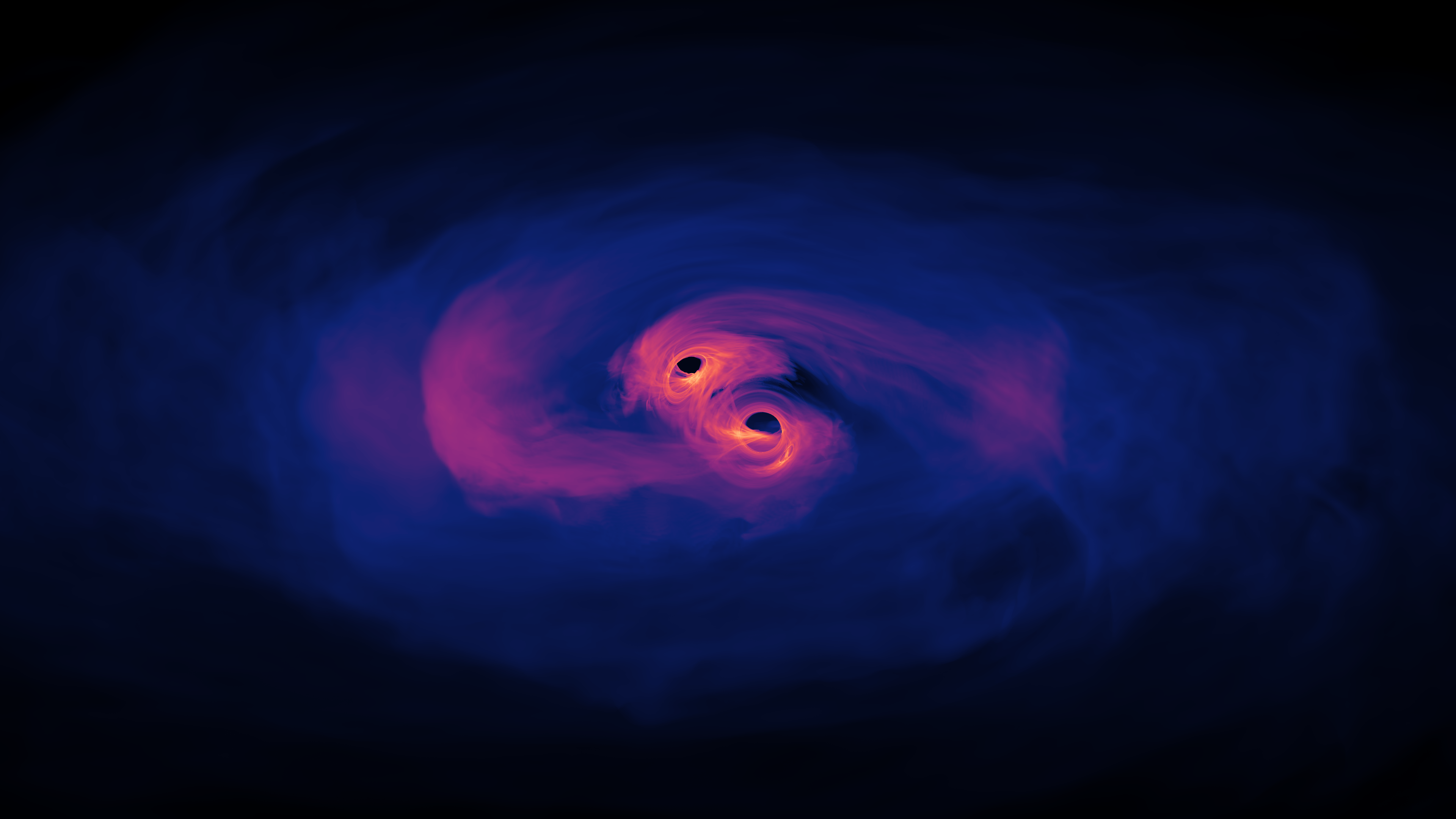 >
>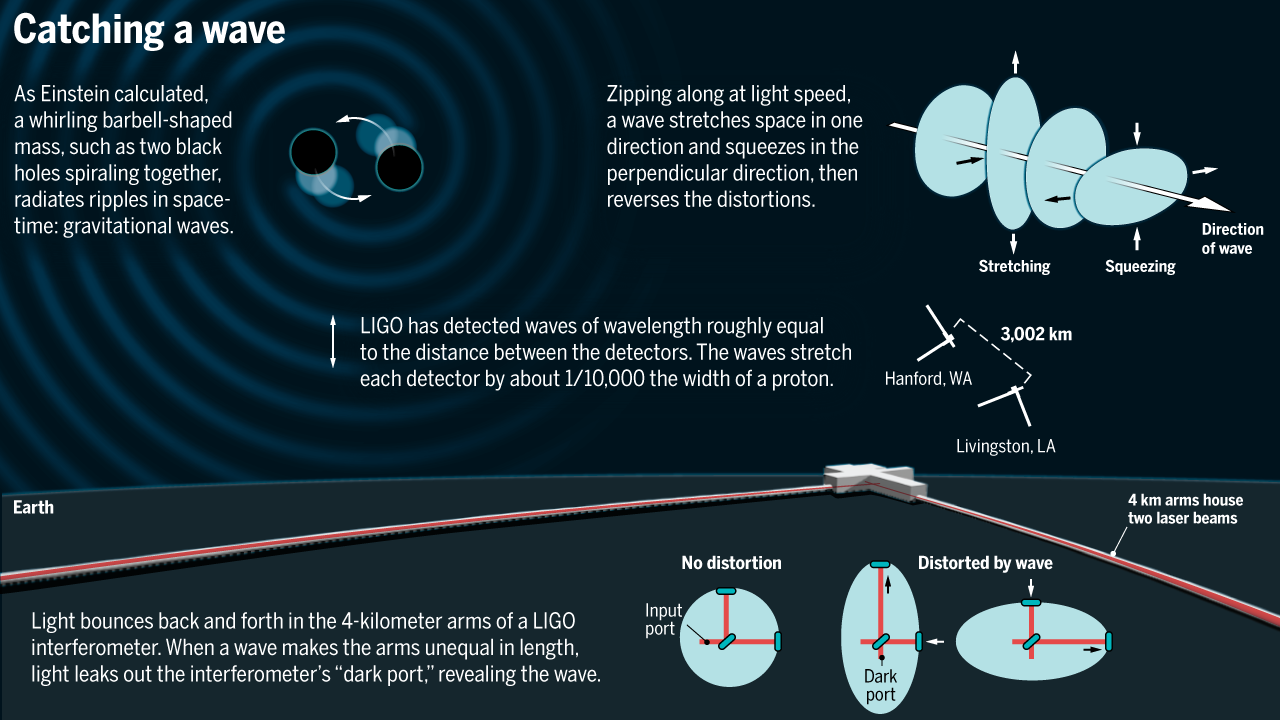 >
>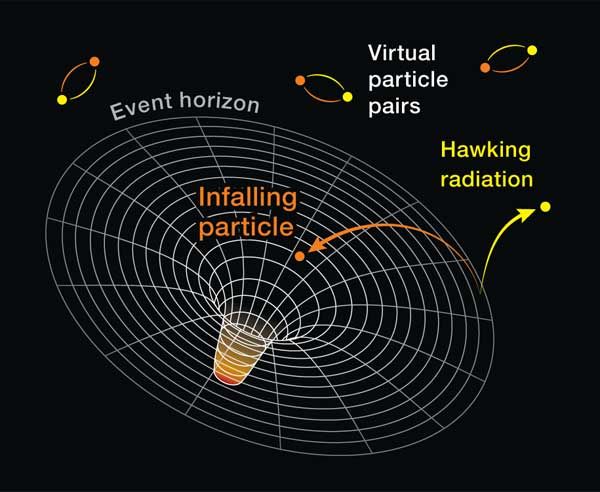
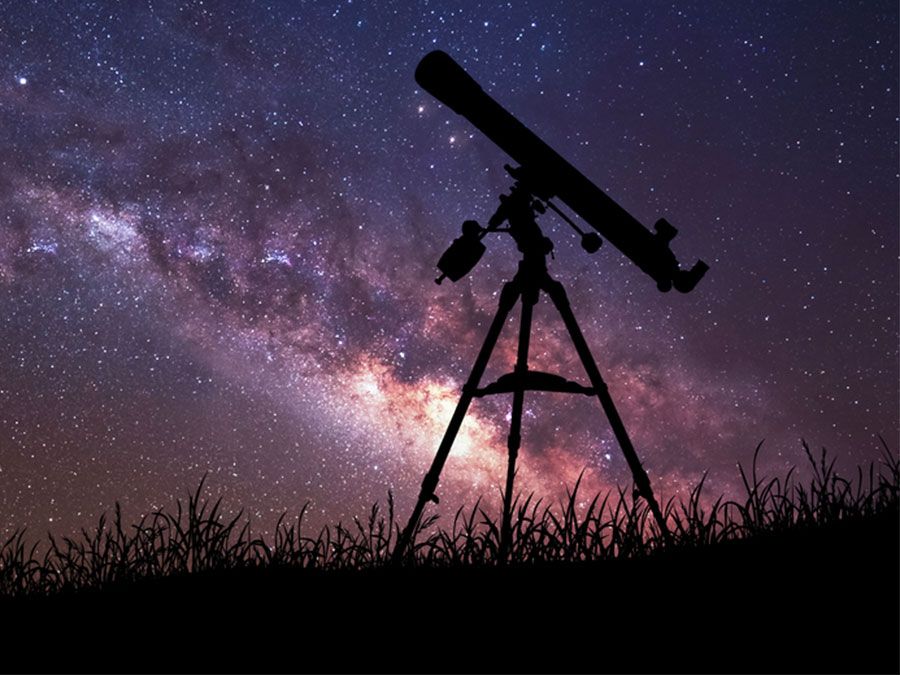
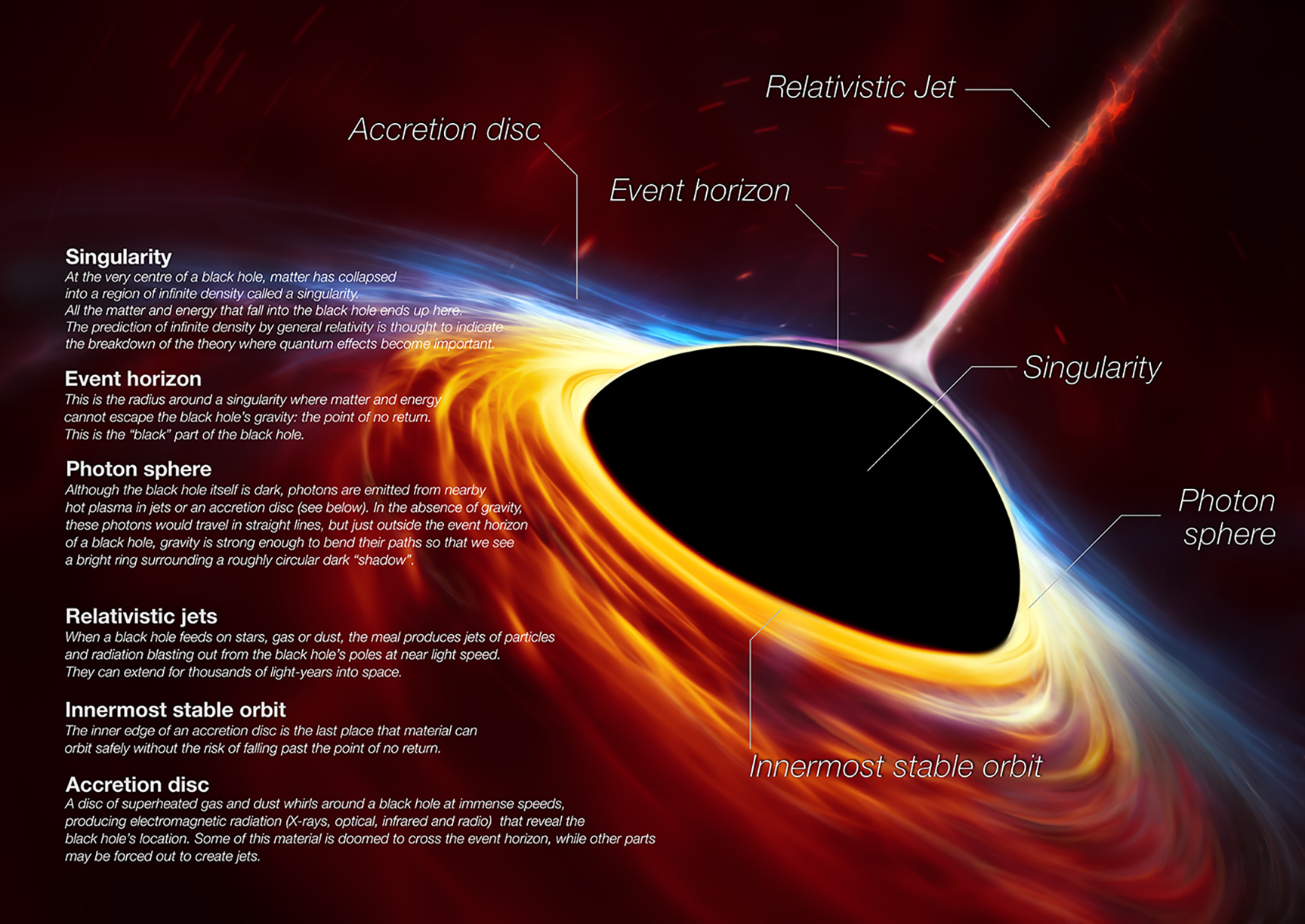
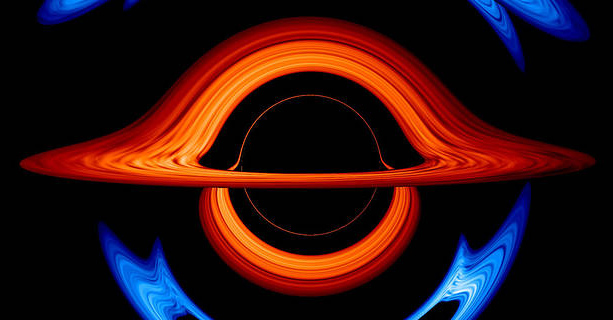
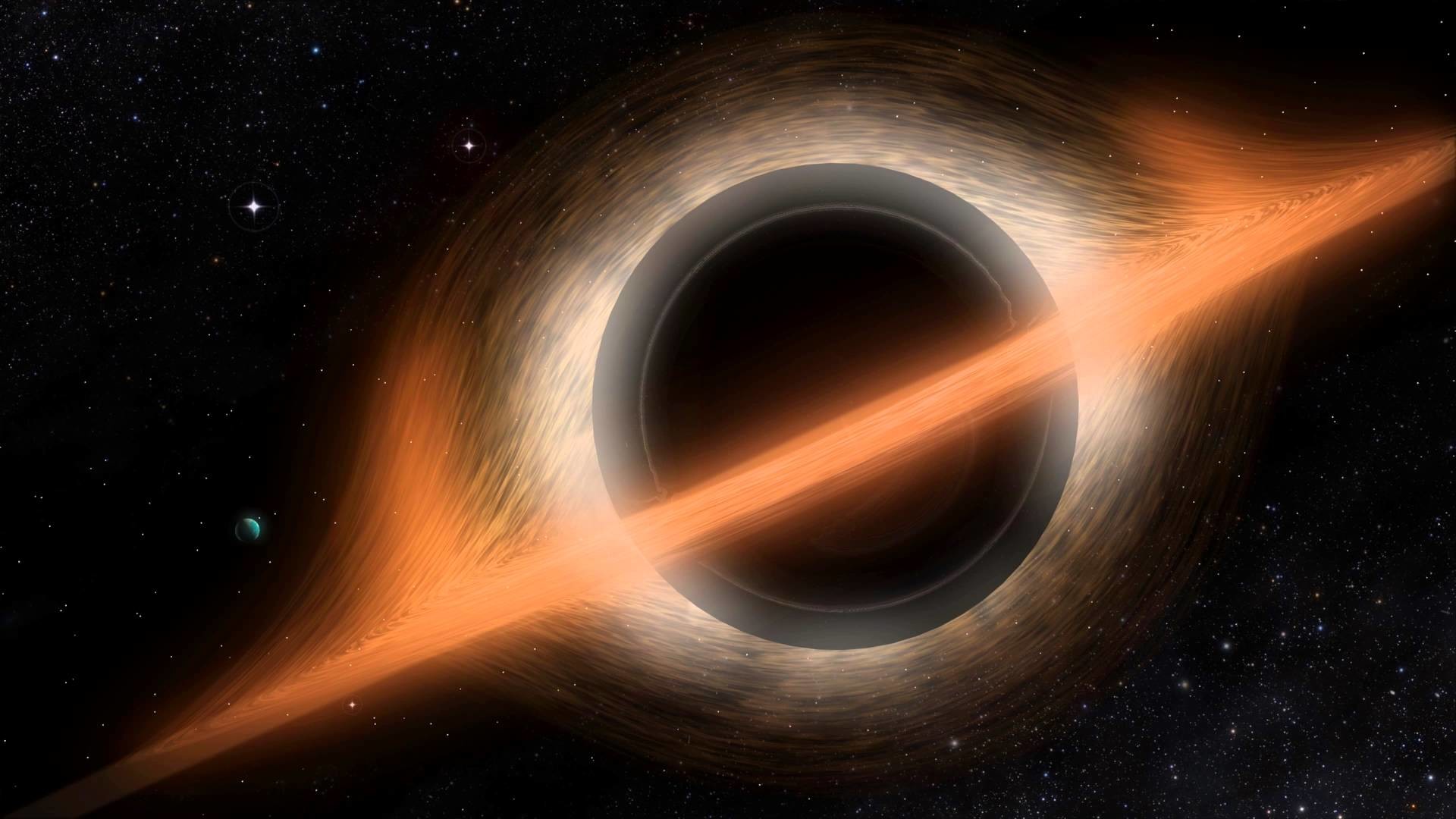
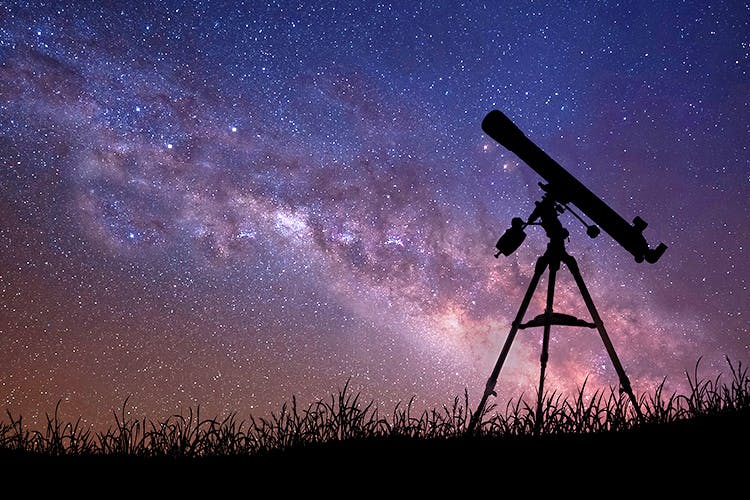
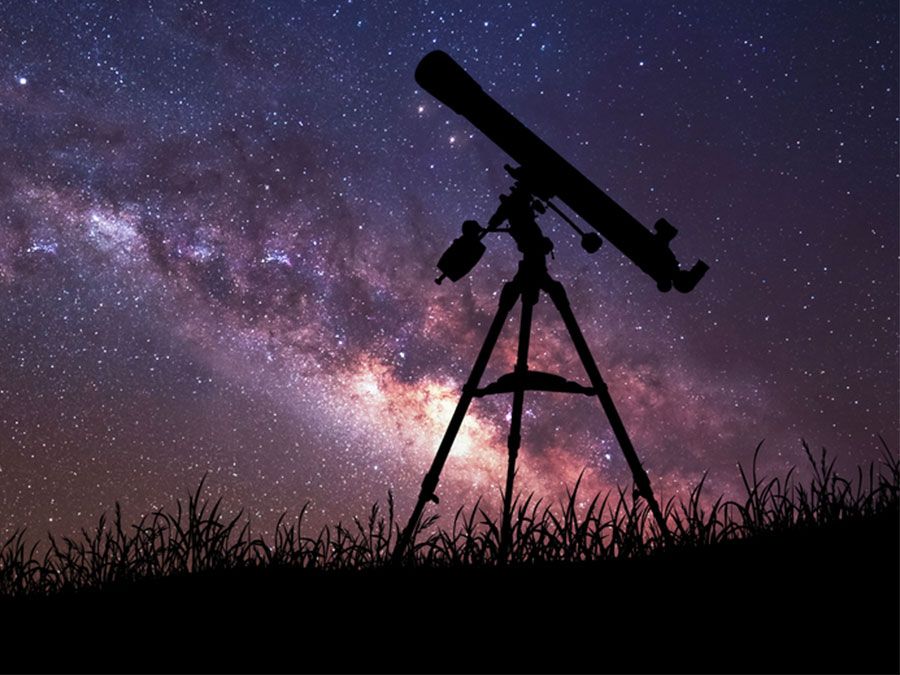 >
>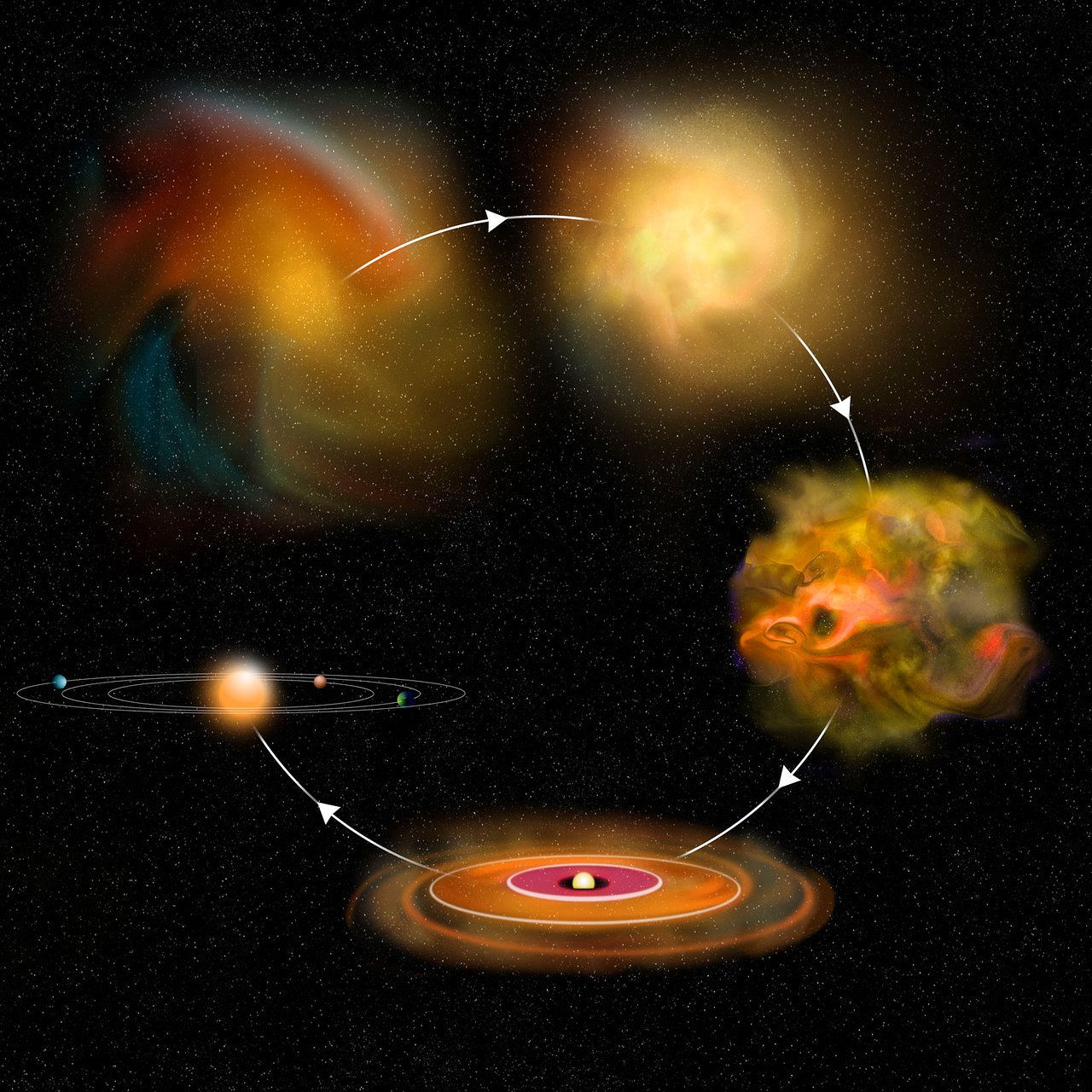 >
>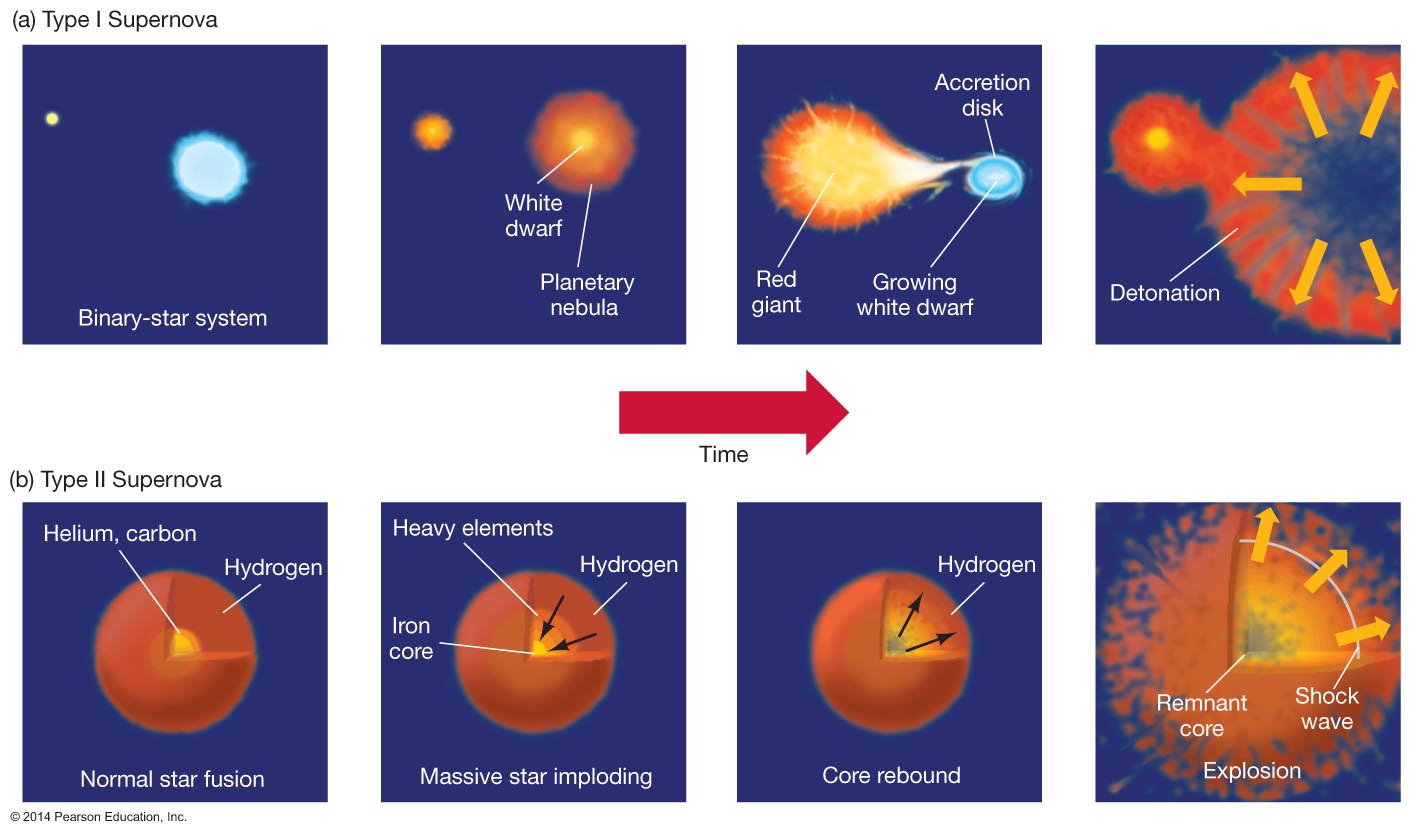 >
>